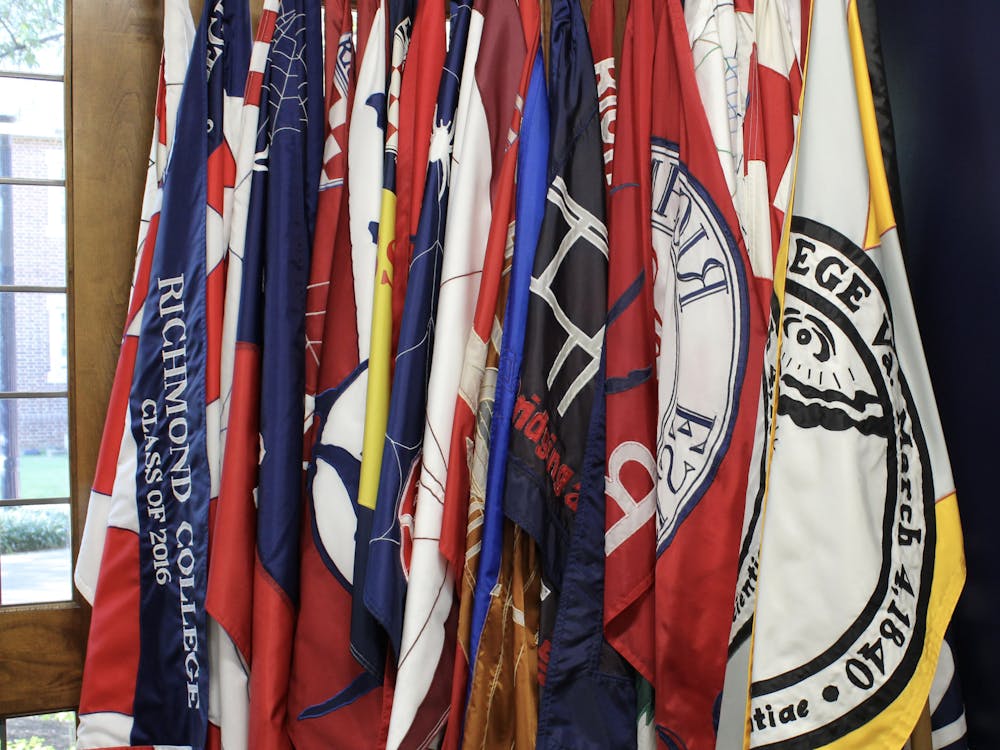Richmond College '10
The now infamous e-mail incident refuses to disappear. Perhaps Collegian columnists such as myself are contributing to its empowerment by writing about it. Perhaps our university's response was so exaggerated as to give the incident a life of its own. Either way, as more decisions are made administratively regarding how to respond to the e-mail and similar future incidents -- the opportunity for commentary increases several-fold. Richmond has decided that it is time to adopt a new strategy for confronting cases of stereotyping and hatefulness. There was a real opportunity for our school to formulate a solid plan for how to address such situations as the e-mail or swastika on the picnic table. Instead, we unveiled the BIAS RESPONSE TEAM.
Setting aside the initial strong tendency to point out how this newly formed committee seemingly derived its name from a politically correct Marvel comic book, one must analyze what this "team" will actually do. As they say, the proof is in the pudding. Thus, we shall go straight to the source. On the Common Ground Web site for our university, there is a tab for "Bias Incidents." Click here and you will be directed to the page for the newly created Bias Response Team. At the head of the page the title reads "Bias Incident Protocol" and quickly launches into a discussion about how at UR we must provide "a safe and secure learning environment" and that incidents of bias undermine that effort. This declaration is absolutely correct and indeed commendable. Few would dispute that blatant incidents of discrimination and demeaning language undermine our campus community and its effort to provide an environment that enshrines the learning process for all its members.
How this acknowledgment of safety quickly leads to the Bias Response Team is less obvious. The site lists several bullet points as to what exactly the BRT team does in cases of ... well ... bias. The main crux of its mission seems to be fostering "communication" between all members of the university community and developing an appropriate "response." This sounds great at face value. But it still does not satisfactorily answer anything. Further down the page, the site attempts to clarify that "the BRT does not replace university procedures or policies related to investigations of alleged misconduct, grievances or disciplinary action." I took this to mean that the BRT will not investigate the incidents or institute the punishments and penalties for those that commit such offenses.
Instead, "the BRT coordinates the institution-wide response" to these offenses. At this point I threw my hands in the air and accepted that either a) I was not smart enough to understand administrative-speak or b) the BRT does not really do much of anything. I may be alone in these sentiments, but I fail to understand how the BRT is not involved in "investigations of alleged conduct," but is charged with the responsibility of coordinating an "institution-wide response." Any substantive response seems to necessitate an understanding of the conduct via an investigation of the facts. The BRT may in fact have larger responsibilities than listed, but the idea sounds suspiciously vague.
Before those who are in support of the BRT take offense and attempt to criticize me for only complaining and not providing any alternative suggestions, I will do so now. In my opinion, the BRT appears to be an unnecessary institutional bureaucracy which is charged with a mission, but given few tools to succeed. It seems that the BRT was created as an attempt to make it appear as though the university was committed to taking action. Action that is blindly initiated, however, seldom leads to progress. In the wake of incidents like the e-mail, some sort of acknowledgment and denouncement is vital. Our community needs one e-mail from our president himself that confronts what happened, lists the facts and describes what will be done in response. If the president needs to convene other community members to collaborate with, then he can do so at his own discretion. After the e-mail incident occurred, I distinctly remember shaking my head with every e-mail I received in my inbox from yet another school administrator. It was as though everyone wanted to get their two cents in on the situation. I dread the next time something similar happens and I get yet one more inbox message -- this time from the BRT.
The right response in the wake of such incidents is to simplify our procedures behind a singular voice. Creating new groups such as the BRT only adds to the mess of administrators attempting to "respond." Our university's responses to such incidents should come from the desk of our president alone. When events work to polarize and fracture a campus, the void must be filled by a unifying leader -- not a team with ambiguous and confusing goals.
Support independent student media
You can make a tax-deductible donation by clicking the button below, which takes you to our secure PayPal account. The page is set up to receive contributions in whatever amount you designate. We look forward to using the money we raise to further our mission of providing honest and accurate information to students, faculty, staff, alumni and others in the general public.
Donate Now


